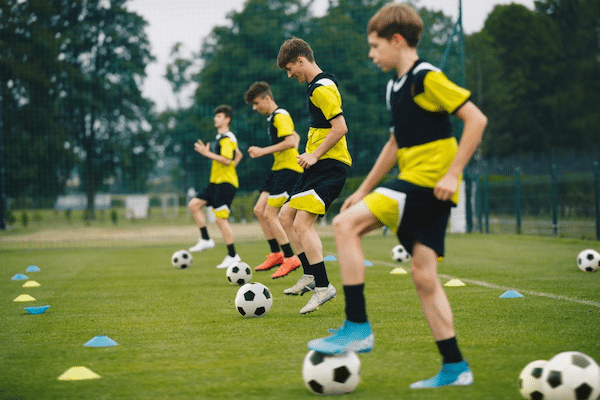đ The Cost of Youth Sports Hits More Than Finances

It starts out simple enough. A roadside sign, friends joining a team, a promise that this one will âbuild skills and confidence.â
But for many families, what begins as a harmless extracurricular can quietly turn into something heavier: a schedule that feels relentless, weekends that disappear into tournaments, and expenses that stretch further than planned.
Whatâs harder to measureâbut just as realâis what families lose along the way: shared meals, unhurried time, and the feeling of togetherness that sports were supposed to strengthen.
When Play Became Pressure
Not too long ago, local recreation leagues were the heartbeat of youth sports. Kids played with classmates and neighbors. Parents carpooled. Games were local, and costs were manageable.
Today, the culture looks very different. âCompetitiveâ travel leagues dominate many sports. Tryouts start in elementary school. Parents drive hoursâor flyâon weekends, chasing higher-level coaching or exposure.
The intentions are good. We want to give our kids every opportunity. We want them to feel proud, included, and capable. But as the stakes rise, so does the strainâfinancially, emotionally, and relationally.
The Hidden Costs
The financial toll: League fees, uniforms, equipment, private training, hotels, gas, meals on the roadâit all adds up. Many parents find themselves dipping into savings or carrying credit card balances to cover what was once a $75 neighborhood season.
The time toll: Families spend more weekends apart than together. One parent travels with one child, while the other stays homeâor, worse, travels in the opposite direction with another sibling. Dinner together becomes rare. Sundays lose their downtime.
The emotional toll: Parents feel caught in a tug-of-war between supporting their childâs passions and maintaining family balance. Saying ânoâ to a tournament feels like letting your child downâor worse, holding them back.
Shame Is Not the Game
Every parent knows the feeling: that twinge when you hear other families are joining a travel team, or when your child says, âEveryone else is going.â
Itâs easy to equate more opportunity with better parenting. But hereâs the truth: giving your child everything can sometimes cost them the one thing they need mostâyou.
Kids may not remember every win or trophy, but theyâll remember the rhythm of family lifeâthe inside jokes, the lazy evenings, the comfort of home as a place where everyone belongs, not just a pit stop between practices.
Finding Balance Without the Guilt
Thereâs no one-size-fits-all answer. For some families, competitive sports are a cherished passion that truly brings them together. For others, it may be time to re-evaluate. Have you clearly defined your familyâs priorities? Are your decisions guided by guilt and comparison? Does the current pace serve your family, or simply keep you running?
Being honest about whatâs right for your familyânot whatâs expected by othersâis the first step toward getting back in balance.
The Real Win
In the end, youth sports should add to our childrenâs confidenceânot subtract from family rhythm. If the game starts costing too much in time, tension, or money, itâs okay to step back and redefine what enough looks like.
Because the real scoreboard isnât trophies or college offersâitâs family time that still happen, laughter that still fills the house, and kids who know their worth isnât tied to their stats.
Final Thought
At Dealing With Debt, we believe financial stability and emotional well-being go hand in hand. Our mission is to help families reduce financial stress, build confidence, and create a more stable futureâone budget, one conversation, and one balanced season at a time.






Responses